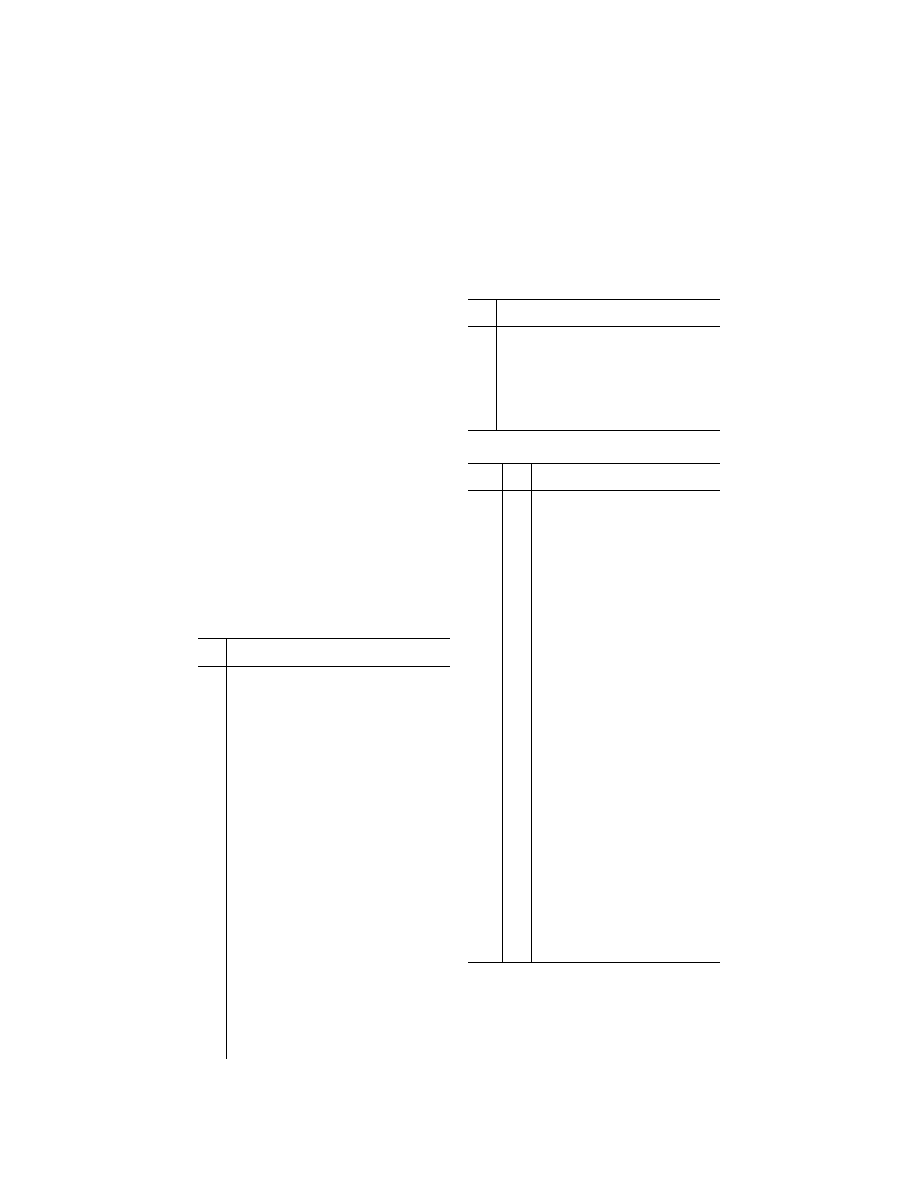
818
14 CFR Ch. I (1–1–19 Edition)
Pt. 36, App. H
(i) The beginning of the approach profile is
represented by helicopter position E. The po-
sition of the helicopter is recorded for a suf-
ficient distance (EK) to ensure recording of
the entire interval during which the meas-
ured helicopter noise level is within 10 dB of
Maximum Tone Corrected Perceived Noise
Level (PNLTM). The reference flight path,
E
r
K
r
represents a stable flight condition in
terms of torque, rpm, indicated airspeed, and
rate of descent resulting in a 6
°
approach
angle.
(ii) The test approach profile is defined by
the approach angle
h
passing directly over
the station A at a height of AH, to position
K, which terminates the approach noise cer-
tification profile. The test approach angle
h
must be between 5.5
°
and 6.5
°
.
(2) The helicopter approaches position H
along a constant 6
°
approach slope through-
out the 10 dB down time period. The heli-
copter crosses position E and proceeds along
the approach slope crossing over station A
until it reaches position K.
Section H36.5 Symbols and units.
The fol-
lowing symbols and units as used in this ap-
pendix for helicopter noise certification have
the following meanings.
F
LIGHT
P
ROFILE
I
DENTIFICATION
—P
OSITIONS
Posi-
tion
Description
A .....
Location of the noise measuring point at the flight-
track noise measuring station vertically below the
reference (takeoff, flyover, or approach) flight path.
C .....
Start of noise certification takeoff flight path.
C
r
....
Start of noise certification reference takeoff flight path.
D .....
Start of noise certification flyover flight path.
D
r
....
Start of noise certification reference flyover path.
E .....
Start of noise certification approach flight path.
E
r
....
Start of noise certification reference approach flight
path.
F .....
Position on takeoff flight path directly above noise
measuring station A.
F
r
....
Position on reference takeoff path directly above
noise measuring Station A.
G .....
Position on flyover flight path directly above noise
measuring station A.
G
r
....
Position on reference flyover path directly above
noise measuring Station A.
H .....
Position on approach flight path directly above noise
measuring station A.
H
r
....
Position on reference path directly above noise meas-
uring Station A.
I ......
End of noise type certification takeoff flight path.
I
r
.....
End of noise type certification reference takeoff flight
path.
J ......
End of noise type certification flyover flight path.
J
r
.....
End of noise type certification reference flyover flight
path.
K .....
End of noise certification approach type flight path.
K
r
....
End of noise type certification reference approach
flight path.
L .....
Position on measured takeoff flight path cor-
responding to PNLTM at station A.
L
r
....
Position on reference takeoff flight path corresponding
to PNLTM of station A.
M ....
Position on measured flyover flight path cor-
responding to PNLTM of station A.
F
LIGHT
P
ROFILE
I
DENTIFICATION
—P
OSITIONS
—
Continued
Posi-
tion
Description
M
r
...
Position on reference flyover flight path corresponding
to PNLTM of station A.
N .....
Position on measured approach flight path cor-
responding to PNLTM at station A.
N
r
....
Position on reference approach flight path cor-
responding to PNLTM at station A.
S .....
Sideline noise measuring station (note: a subscript
denotes the aircraft orientation relative to the direc-
tion of flight).
F
LIGHT
P
ROFILE
D
ISTANCES
Dis-
tance
Unit Meaning
AF .....
Feet
Takeoff Height.
The vertical distance be-
tween helicopter and station A.
AG .....
Feet
Flyover Height.
The vertical distance be-
tween the helicopter and station A.
AH .....
Feet
Approach Height.
The vertical distance be-
tween the helicopter and station A.
AL .....
Feet
Measured Takeoff Noise Path.
The distance
from station A to the measured helicopter
position L.
AL
r
....
Feet
Reference Takeoff Noise Path.
The distance
from station A to the reference helicopter
position L
r
.
AM ....
Feet
Measured Flyover Noise Path.
The distance
from station A to the measured helicopter
position M.
AM
r
...
Feet
Reference Flyover Noise Path.
The distance
from station A to helicopter position M
r
on
the reference flyover flight path.
AN .....
Feet
Measured Approach Noise Path.
The dis-
tance from station A to the measured heli-
copter noise position N.
AN
r
....
Feet
Reference Approach Noise Path.
The dis-
tance from station A to the reference heli-
copter position N
r
.
CI ......
Feet
Takeoff Flight Path Distance.
The distance
from position C at which the helicopter es-
tablishes a constant climb angle on the
takeoff flight path passing over station A
and continuing to position I at which the
position of the helicopter need no longer
be recorded.
DJ .....
Feet
Flyover Flight Path Distance.
The distance
from position D at which the helicopter is
established on the flyover flight path pass-
ing over station A and continuing to posi-
tion J at which the position of the heli-
copter need no longer be recorded.
EK .....
Feet
Approach Flight Path Distance.
The distance
from position E at which the helicopter es-
tablishes a constant angle on the approach
flight path passing over station A and con-
tinuing to position K at which the position
of the helicopter need no longer be re-
corded.
PART B
—
NOISE MEASUREMENT UNDER
§ 36.801
Section H36.101 Noise certification test and
measurement conditions.
(a)
General.
This section prescribes the con-
ditions under which aircraft noise certifi-
cation tests must be conducted and the
VerDate Sep<11>2014
12:50 Apr 30, 2019
Jkt 247046
PO 00000
Frm 00828
Fmt 8010
Sfmt 8002
Y:\SGML\247046.XXX
247046
spaschal on DSK3GDR082PROD with CFR